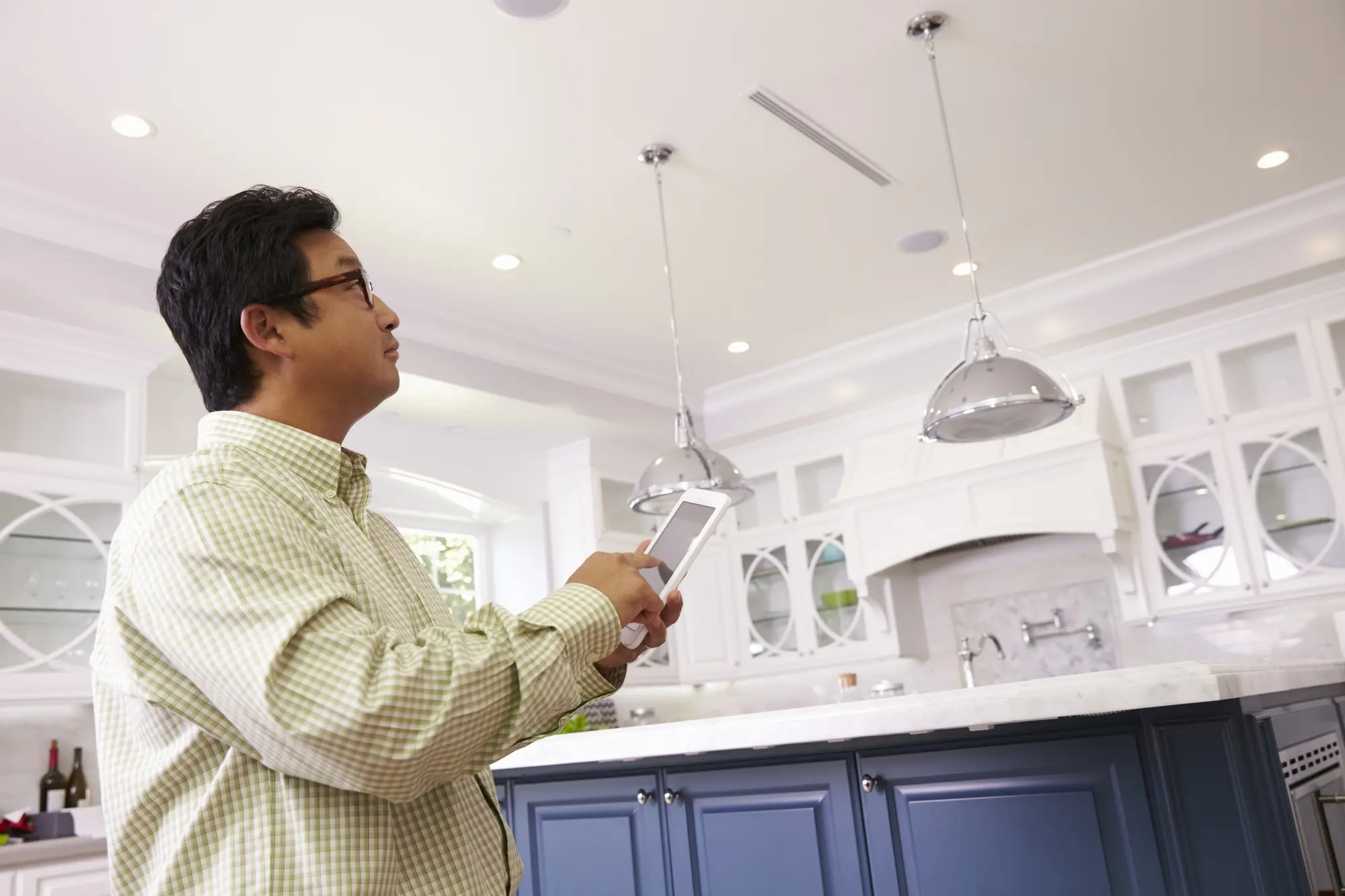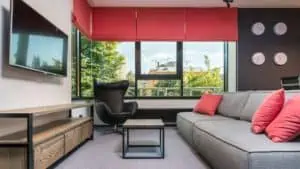The term lighting controls are generally used to indicate the independent control of lighting within a space.
This may include presence detectors, clocks, and wired photocells to control fixed groups of lights independently. The setting is done manually at the location of each device.
An energy-saving lighting control system is a intelligent network-based lighting control solution that incorporates communication between different systems input and output related to lighting control using a or more than one central computing device. Lighting control systems are widely used in indoor and outdoor lighting of commercial, industrial and residential spaces.
Lighting control systems provide the right amount of light where and when it is needed.
They are used to maximize the energy savings of the lighting system, comply with building codes or comply with energy saving and green building programs. Lighting control systems are often referred to as smart lighting.
The main benefit of a lighting control system over independent lighting controls or conventional manual switching is the ability to control each light or groups of lights from a single user device. This ability to regulate multiple light sources from a single user device allows for a complex lighting scenario. A room can have several predefined setting for different lighting options throughout the day or evening.
One of the main advantages of lighting control systems is the reduction of energy consumption. Longer lamp life is also achieved by reducing light usage and by turning off the light when it is not in use. Wireless lighting control systems offer additional benefits, including reduced installation costs and minimizes the need to install switches and sensors.
With the energy-saving lighting control system, you can control all the lights in the home and extend the control by controlling all the electronic components of the home from a single control point.
Smart homes can collect all the information required by sensors such as motion sensors, lighting sensors, door sensors, rain sensors and more. Smart houses can evaluate the data collected, manage the common tasks of your home, ensure the safety of your home and inform you when an irregularity occurs inside the house.
Lighting and lighting control systems are the most important elements of home automation.
A lighting control system can detect motion in a closed area and can turn on the lights automatically. For example, when entering a room, the lighting control can turn on the lights. This is a basic task for a home lighting control system. It is also easy to find sensors capable of handling such a feature without any difficulty in the market.
A light controller circuit is connected to a motion sensor. The motion detector triggers the lighting controller using its relay when it detects motion in its control zone.
What you should consider is that some lighting controllers turn off the light when the room’s motion detector does not detect movement for a specific period, as measured by the light control timer. Since the motion detector only monitors movement, it can not tell if you’re still in the room if you’ve been still for awhile. Unfortunately, there is no solution for inactivity in a room. At this point, the motion detectors do not monitor body heat to determine if someone is in the room.
Suppose you’re reading in a room and therefore have not moved in a while. After the designated time frame, the lights will be turned off. You will need to move or make a gesture to activate the motion detector so the lights are turn on again. The Lutron energy saving light controller is one step smarter. It gradually turns off the lights so the users can re-adjust when they notice the light is getting dimmer.
Energy-saving lighting control system adjusts the frequency of light according to the time of day.
For example, if you wake up at midnight and go into the kitchen, the smart control would know to turn on the lights in a dim setting, assuming you programmed it to gradually increase the light source.
One of the most important features the energy saving light control systems’ home automation system is the ability of deterring thieves when owners are away from their home. Yes, a smart light control system can be very helpful in improving the security of your home. With a smart controlled home, the lights should be able to turn on and off at designated time giving the illusions owners are home.
Energy-saving lighting control systems allow users to change the ambiance of any room with the touch of a button. The lighting can be organized in such a way that the architectural characteristics of a room can be optimally improved. Recent developments in advanced lighting control systems allow users to control lighting throughout your home from a single remote control, wall panel or even voice control.
Energy-saving light control allows for:
Lighting preferences
Rooms may have more than one uses, and depending on what the room is used for the lighting can be configured to improve the setting for that room. While watching a movie, only perimeter lighting can be activated, but the main lighting would probably be actived if there’s a gathering in the room.
Safer and smarter lighting
Intelligent lighting systems can also increase safety. Route lighting allows users to turn on a series of lights, the route from one room to another by pressing a button or in response to a movement.
For example, if you get up in the middle of the night at the touch of a button, the route can be illuminated at a low frequency to indicate the path safely and allow you to return to your sleeping quarters safely..
The lights can be turned on before entering a dark house, corridor, stairs, or any room before arriving at your destination.The systems can be activated by pressing a button or using a motion sensor that activates only during the hours of darkness.
Save time and energy
Another benefit of having centralized control of all home lighting is energy savings. The use of a standard button on a wall switch will allow users to turn off all the lights on the property by pressing a single button. The sensors can detect when a room is no longer used and automatically dim the lights, also the programmed control can reduce the power consumption by turning on the lights only at certain times.
Developed to meet your needs
The latest home automation technologies allow your smarter lighting systems. It can be programmed to the user`s normal pattern and be activated during those events. The lighting control system can be connected to systems such as motion sensors, intrusion alarms, even indoor and outdoor light, and temperature sensors. The present generation of advanced lighting control systems can improve your home and lifestyle.
The energy-saving lighting control system is the best way to minimize and save light by allowing the homeowner to control lighting remotely. This device saves energy and provides comfort and convenience. The concept of smart lighting also includes the use of natural sunlight to reduce the use of artificial lighting, in addition to people simply turning off the lights when they leave a room





